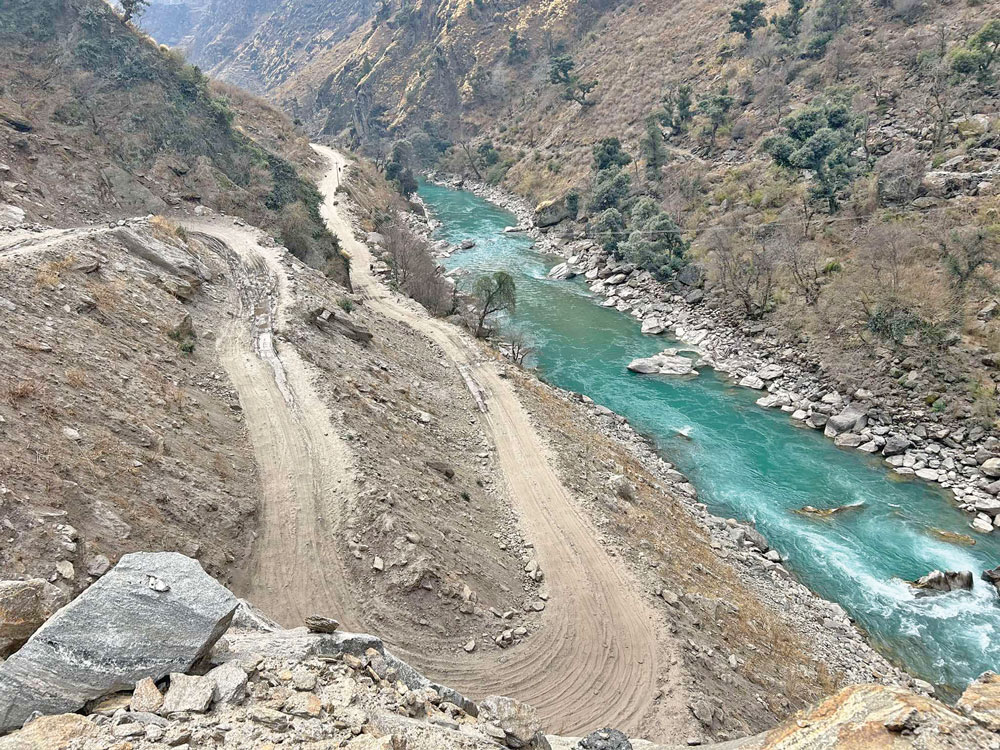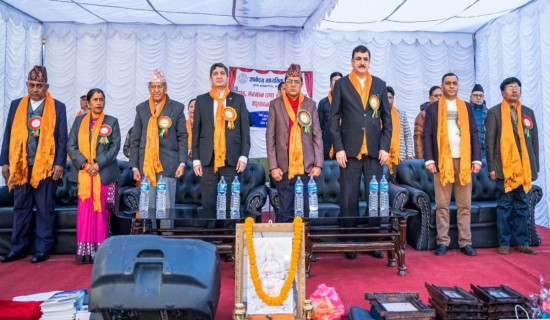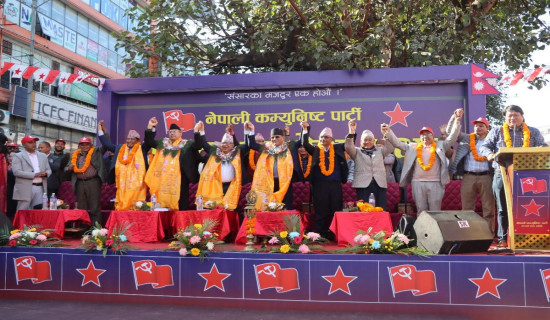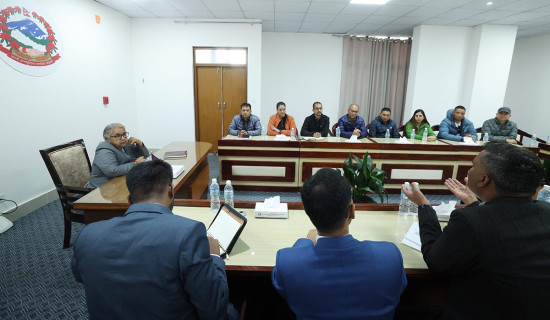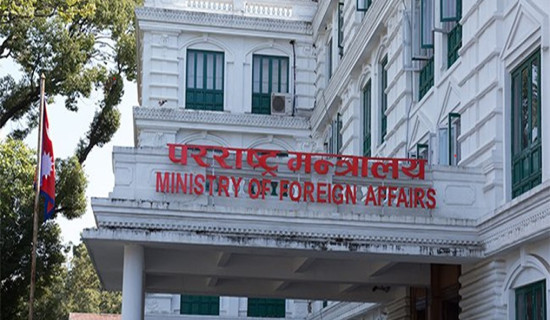- Monday, 1 December 2025
Construction of 335 MW Humla Karnali second Hydropower Project to proceed
By Our Correspondent
Humla, Oct. 27: The procedures have been initiated for the construction of the Humla Karnali Second Hydropower Project. The Environmental Impact Assessment (EIA) of the 335 MW project is now underway.
Baldev Balami, manager of the Ruru Hydropower Project, said that on the recommendation of the Ministry of Energy, Water Resources and Irrigation, the Ministry of Forests and Environment has begun the EIA process.
The hydropower project will be constructed by the Ruru Hydropower Project. The project is located in Kharpunath and Sarkegad Rural Municipalities of Humla.
Earlier, the Ministry of Forests and Environment had sought suggestions and feedback from the public for the environmental impact assessment through a public notice.
A total of 47.13 hectares of land will be required for the project.
Balami said that there is a provision for environmental impact assessment for hydropower projects with a capacity of more than 50 megawatts as per the Environment Protection Act 2076 BS and accordingly, the work of environmental impact assessment has been taken forward and the ministry is currently conducting the necessary studies.
The project is considered significant as it will be built in the Humla and Karnali regions.
According to project details, the design discharge of the proposed project is 118.70 cubic metres per second. Two diversion tunnels, measuring 545 metres and 542 metres in length with a diameter of 9.5 metres each, will be constructed.
The project is expected to generate 69.89 gigawatt hours of energy during the dry season and 1,184.83 gigawatt hours in the rainy season.
Electricity produced from the project will be transmitted to the Mugu Karnali Hub via a 20-kilometre-long double-circuit 400 kV transmission line.
Approximately 56 households will be affected by the project’s construction, and 188 trees will need to be cut down.
The estimated cost per megawatt is Rs. 217.6 million, bringing the total estimated cost to Rs. 72.9 billion.
The project is expected to provide employment to an average of 1,805 people during construction and 115 people during its operational phase.

